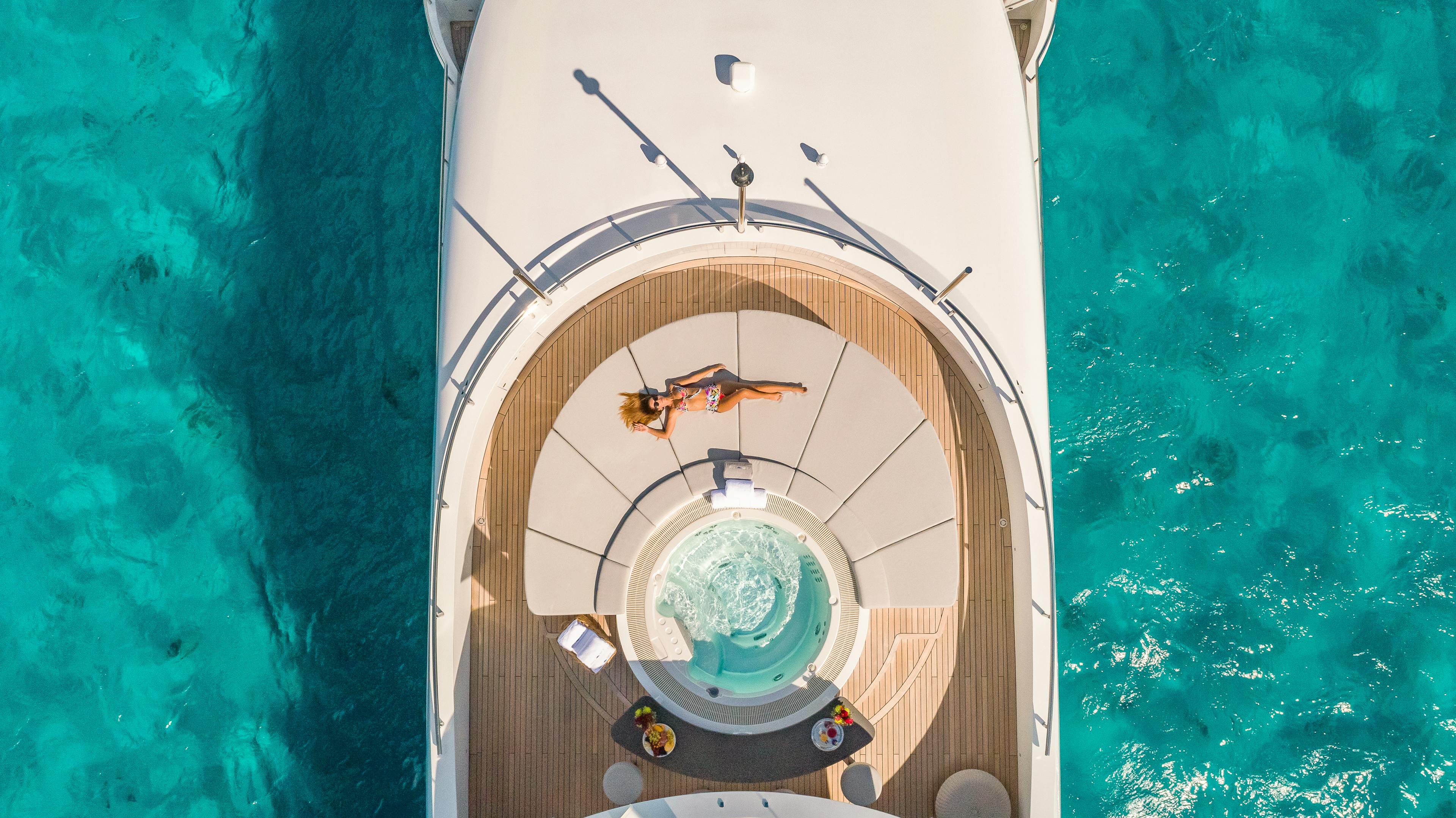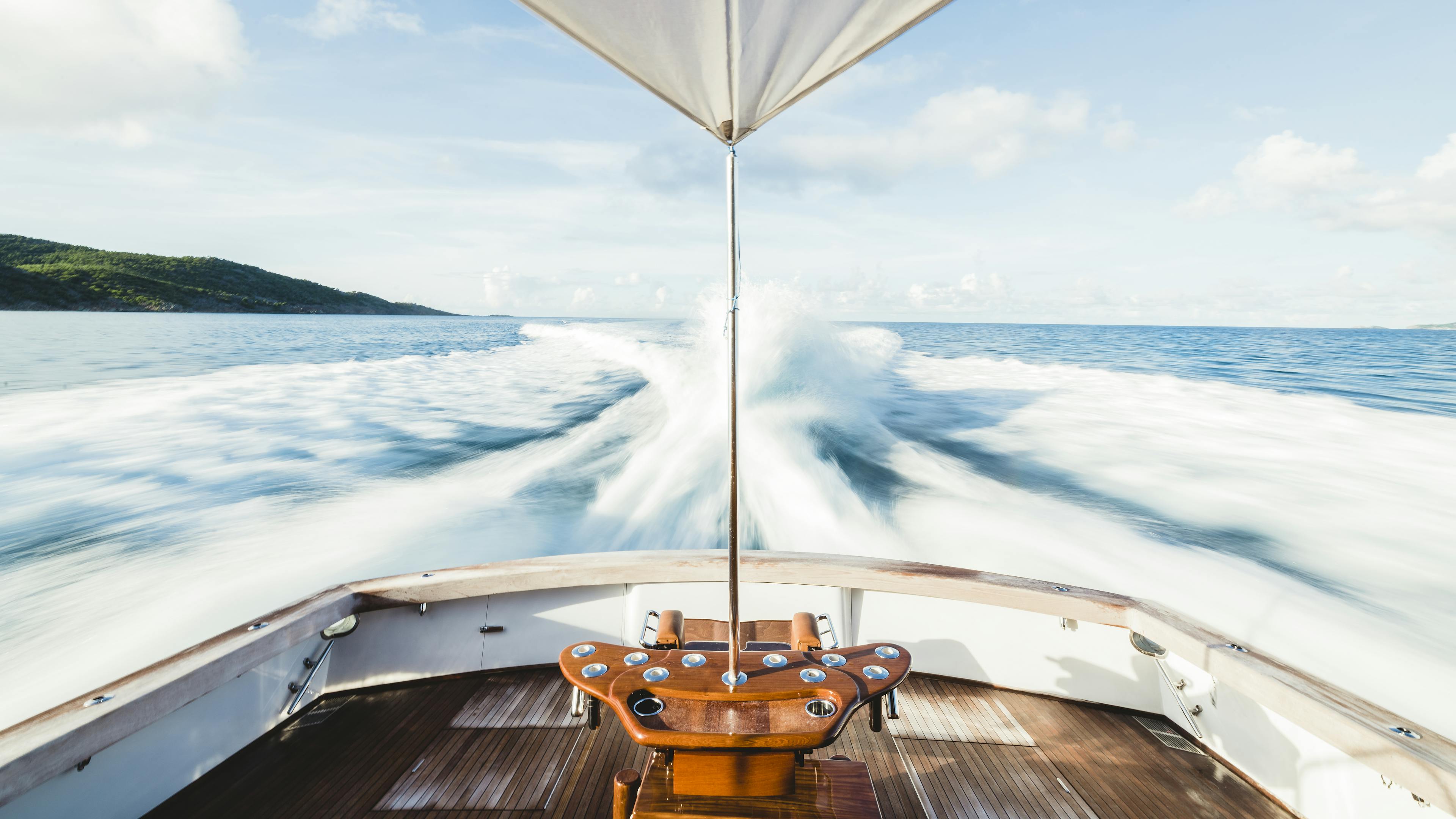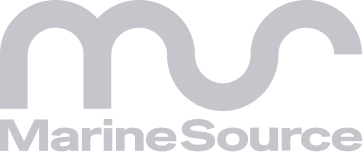A Glossary of Boating Terminology
Boating comes with its own language, and knowing the right terms can make a big difference, whether you're learning to sail, operating a powerboat, or just enjoying time on the water. Understanding basic boating vocabulary helps with communication, safety, and navigation. Whether you're a beginner or brushing up on your knowledge, taking the time to learn the lingo will help you feel more confident and prepared on the water.
Directional Terms
- Abeam: At a right angle to the center line of the boat
- Aft: Toward the back of the boat
- Bearing: The direction to a specific object or destination, often given in degrees
- Bow: The front part of the boat
- Forward: Toward the front of the boat
- Heading: The direction the boat is pointed in at any given moment
- Leeward: Away from the wind
- Port: The left side of the boat as you're facing the bow
- Starboard: The right side of the boat as you're facing the bow
- Windward: Toward where the wind is blowing from
Objects on the Water
- Breakwater: A human-made structure built parallel or at an angle to the shore in order to shield a shore or harbor from waves
- Buoy: A floating object anchored to the bottom, used as a navigation aid or marker
- Channel: A defined path of deep water that boats use to safely travel through shallow areas
- Dock: A platform where boats are secured when not in use
- Jetty: A human-made structure built from the shore out into the water that's made to direct the current and prevent the buildup of sediment in a harbor
- Marina: A dock or harbor where boats are moored and services are provided
- Mooring: A permanent anchor point for securing a boat, usually marked with a buoy
- Wake: Waves created by a boat's movement through the water
Operating a Boat
- Anchor: A heavy object tied to a boat and then dropped to the bottom to keep the boat in place
- Helm: The area where the boat is steered, usually containing the wheel or tiller
- Idle: When the engine runs without forward movement
- Jibing: Turning the stern through the wind to change direction under sail
- Knot: A unit of speed equal to one nautical mile per hour (about 1.15 mph)
- Man Overboard: A situation where someone falls off the boat and into the water
- Planing: When the boat skims along the top of the water at high speed
- Tacking: Turning the boat's bow through the wind to change direction while sailing
- Throttle: A lever that controls the engine's speed and power
- Trim: To adjust the angle of the boat in the water to improve balance and performance
Parts of a Boat
- Bilge: The lowest part inside the hull, where water can collect
- Boom: A horizontal pole attached to the mast and bottom of the sail that's used to control the sail's angle
- Cabin: An enclosed space below deck used for shelter, sleeping, or storage
- Cleat: A metal fitting on the boat used for tying off ropes
- Deck: The flat surface on top of the boat's hull
- Hull: The main body of the boat
- Keel: A structure running along the bottom of the boat that provides stability and prevents drifting
- Mast: A vertical pole on a sailboat that holds the sails
- Rudder: A flat piece, usually at the rear, that's used for steering the boat
- Tiller: A handle used to control the rudder
Water-Related Terms
- Capsize: When a boat turns over in the water
- Chop: Short, irregular waves caused by wind or boat traffic
- Current: The movement of water in a specific direction, influenced by tides, wind, and geography
- Dead Reckoning: Navigating by estimating position based on speed, time, and direction without using instruments
- Draft: The vertical distance between the waterline and the bottom of the hull
- Flotation Device: Any piece of equipment, like a life jacket, that helps someone stay afloat in water
- Sounding: Measuring the depth of the water
- Surf: Breaking waves near the shore
- Swells: Long, rolling waves that form far out at sea
- Tide: The regular rise and fall of sea levels caused by the gravitational pull of the moon and sun
Additional Boating Information
- Boating Basics for New Boat Owners
- How to Drive a Boat
- Basic Sailing Manual
- How to Choose the Right Life Jacket
- Boating Safety Tips
- Glossary of Boating Terms
- Top Ten Tips for Boat Maintenance
- Rules of the Road for Boaters
- Power Boating for Dummies
- How to Talk on a Marine VHF Radio
- Guide to Maintaining Your Boat
- How to Call for Help During a Boating Emergency
- Required and Recommended Safety Equipment for Boaters
- Tips for Effective Boat Communication and Signaling
- Issuing a Mayday or Pan-Pan Call
- Man Overboard! Now What?
- How to Respond to a Boating Emergency
- Boating Terminology
- Yachts for Sale
- How to Sail 101
- Tips for Boating Safely
- Navigation: Learning Basic Plotting
- A Handbook of Boating Laws and Responsibilities
- How to Create a Boat Maintenance Schedule
- Nautical Flags and How to Understand Them
- Ten Essential Knots Every Boater Should Know


